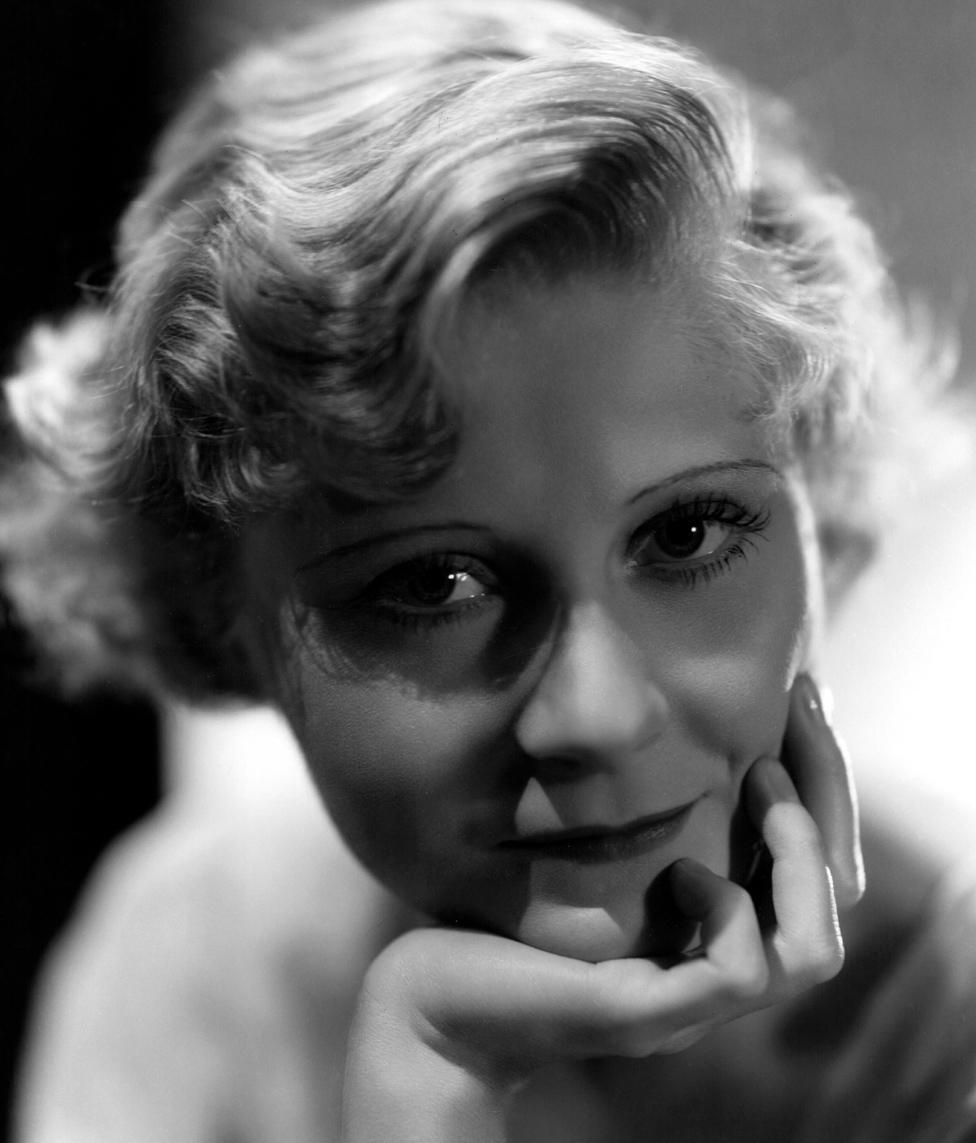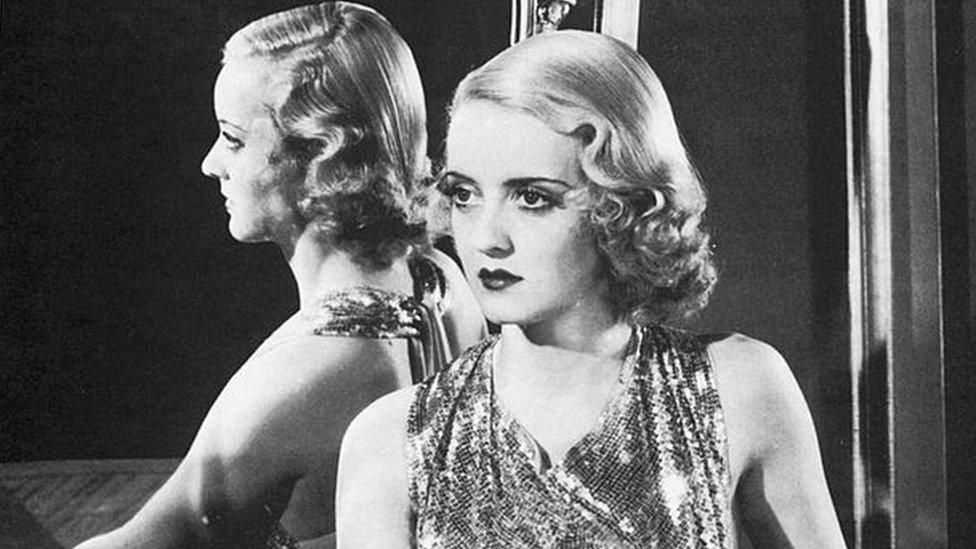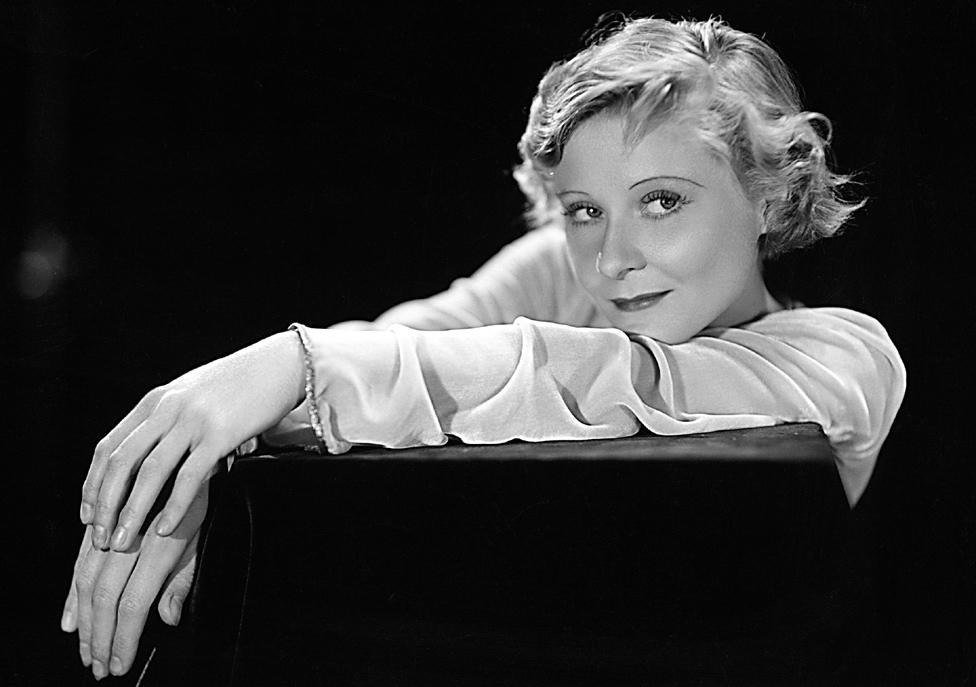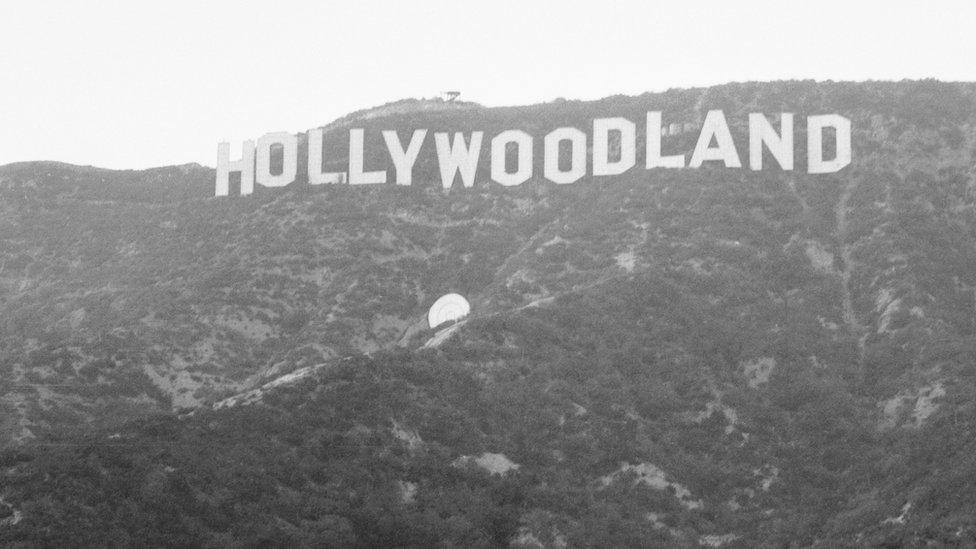Netflix's Hollywood: Peg Entwistle tragedy made into drama
- Published

Peg Entwistle died tragically at the age of 24
"Lost, soon to be forgotten."
These words were recited by the fictional actress Camille Washington in Netflix's latest series, Hollywood.
Washington, a black actress, is auditioning for the role inspired by Peg Entwistle, a real life movie actress born in Port Talbot, whose Hollywood career was cut short at the age of 24.
The Netflix series follows a group of aspiring actors and filmmakers in post-World War Two Hollywood as they try to make a name for themselves in dreamland.
But the real-life story of Entwistle might challenge the credibility of a Hollywood script. This is the short life of a would-be star whose life was lived under the shadow of disappointment.
She would become notorious - not for her films, but for how she died - under tinsel town's iconic Hollywood sign.
What led her there?
Born Millicent Lilian Entwistle at 5 Broad Street, Port Talbot, in February 1908.
The house belonged to Peg's mother's sister Laura, who was married to docks accountant and church organist Frank Seaton.
Laura and her sisters had been used to living under the shadow of heavy industry with their late parents, as their father's job as a metallurgical engineer took them to towns across the country.
Her parents - Robert Entwistle and Emily "Millie" Stevenson - were also used to moving around. The touring, jobbing actors married in Birmingham in 1904 and worked all over the country in provincial theatres.

Peg was born in this street in Port Talbot and stayed here with her aunt Laura while her parents toured
Three-year-old Peg stayed with her aunt Laura, uncle Frank and their two grown-up sons in Port Talbot while her parents lived in Kennington, south east London. The word "unemployed" is scribbled next to Robert's occupation "actor" in the 1911 census.
But there was an acrimonious divorce in 1913 after Millie rekindled a romance with another actor, Julius Shaw, a younger man she had known before meeting Robert.
The court case in London was played out very publicly in the newspapers and Millie declared she had "never loved" Robert or their five-year-old daughter - and refused offers from him to take her back.
Millie quickly remarried but her happiness was short-lived after 2nd Lt Shaw was killed in the second battle of the Somme in the last months of World War One.
Peg emigrated with her father and Robert's brother, a theatrical manager, after Robert was hired by a Broadway producer as a stage manager in New York.
She was apparently told her mother had died.
Robert was credited as an actor in several Broadway plays and married Lauretta Ross, an American whom Peg was said to have adored.
Then tragedy struck. In 1921, Lauretta died of meningitis and, a few months later, Robert was fatally injured after being hit by a car in New York. After his death, with his will stating Millie could never have custody, the teenage Peg was adopted by her uncle.
Peg had inherited theatrical genes - aged 17, her first big break came in the form of a Broadway play in the role of Hedvig in a stage production of The Wild Duck.

Bette Davis was exactly two months younger than Peg and saw her Broadway debut
A young Bette Davis told her mother that after watching the play, she wanted to be "exactly like Peg Entwistle", and throughout the years, Davis remarked that Entwistle was her inspiration to act.
At 19, Peg was briefly married to a fellow actor, 10 years her senior, but they broke up after she learned he had been married before and had a child.
More plays followed and with that came regular praise for the Welsh actress. She was a rising star, a successful body of work now boosting her profile.
Her most notable play was 1927 hit, Tommy, which ran for 232 performances.
Her success on Broadway was marred by some negatives, too. Following the triumph of Tommy, she starred in The Uninvited Guest, which closed after only seven performances.
Despite the play's underwhelming performance, a critic from The New York Times wrote: "Peg Entwistle gave a performance considerably better than the play warranted."
Her last Broadway performance came in 1932 after the play Alice Sit-by-the-Fire was cancelled due to a co-star's alcohol problem.
Peg had agreed a percentage of the box office growth, but instead was paid with only a week's salary, and let go.

Peg Entwistle appeared on stage with Humphrey Bogart
During the Great Depression, Peg found herself in Los Angeles, with a role in The Mad Hopes, a play starring Billie Burke.
A theatre critic from the Los Angeles Examiner wrote: "Peg Entwistle and Humphrey Bogart hold first place in supporting the star and both give fine, serious performances."
Like the characters of Hollywood, Peg had an opportunity which soon came knocking.
The play came to an end and Peg was packing to return back to New York, when a call came from RKO Pictures.
She was asked if she would like to do a screen test and after a successful take, she was cast in her only credited film role: Thirteen Women.
She had a supporting role, though it seemed the actress finally had a way in to the land of film reels and sound stages.
During test audience screenings, feedback was negative for the film and Peg's role was cut dramatically, along with many others.
Peg saw the light of her Hollywood dream dimming. Her contract with RKO was ended before the film even made it to premiere.

Laura Harrier plays Camille Washington in the series
Peg's reaction to the news she has been cut from the film is reimagined in the Hollywood adaptation.
Her fictional character is seen to lose the excitement she had only moments ago, to be replaced with a hopeless outlook on future life in the land of dreams.
There only seemed to be one option for the real life Peg Entwistle.
With no money and seemingly no options, she grew despondent. A note, left to her aunt and uncle, told them she was going to visit friends.

The iconic sign in the Hollywood hills, where Peg died
On the 18 September 1932, a woman hiking below the Hollywoodland sign - as it then was - came across a woman's shoe, purse and jacket. Inside the purse was a note, signed P.E.
The hiker then spotted Entwistle lying below the H of the sign. She had apparently jumped 30ft to her death.
Peg's funeral was held in Hollywood and she was later cremated with her ashes being sent to Glendale, Ohio, where she was buried next to her father.
Until now, the life of Peg Entwistle may have been consigned to the history books but Netflix's Hollywood is putting her into this new golden era of streaming.
Created by Ryan Murphy and Ian Brennan, the series aims to look at the darker side of Hollywood filmmaking.
Race, gender and sexual discrimination are in the spotlight and in the wake of Harvey Weinstein, the series looks at how different the entertainment industry may have looked if such prejudices had been dismantled long ago.
Hollywood weaves fiction with non-fiction. Notable stars such as Rock Hudson, an actor active from the 1940s, is portrayed, although his story is embellished.
It's Hollywood's way of rewriting history.
Yet one story retains most of its accuracy: The story of Peg Entwistle.
And as Ryan Murphy's adaptation aims to reshape history, her full story is no longer lost and should not be forgotten any time soon.
- Published9 February 2020

- Published27 October 2019

- Published8 November 2019

- Published7 December 2019
